Since the European Union (EU) announced the Carbon Border Adjustment Mechanism (CBAM) in mid-2023, the Indian steel industry has been actively exploring ways to tackle the challenges posed by this border tax. The CBAM, a tariff on carbon-intensive imports such as iron and steel, electricity, aluminum, cement, fertilizers, and hydrogen, will take effect on January 1, 2026. From that date, the EU will begin collecting the carbon tax on each consignment of steel items.
Official data indicates that flat-rolled products (hot-rolled and cold-rolled) make up a significant portion of Indian steel exports. While India exports hot-rolled products to over 100 countries, five EU nations—Italy, Belgium, Spain, Greece, and Poland—accounted for 25% of its hot-rolled exports in FY 22-23. This concentration could amplify the effects of CBAM on Indian steelmakers if they do not diversify their export destinations.
India, a key player in the global economy, is negotiating with untapped markets in Africa, Latin America, and the Middle East. The Indian government and the domestic steel industry plan to introduce Made-In-India branded steel products to the global market, offering opportunities for Indian steelmakers to expand internationally.
In this context, smaller and less stringent countries such as Benin, Congo, Egypt, Mexico, Qatar, Somalia, Turkey and the United Arab Emirates have been identified as potential markets to reduce the CBAM impact on Indian steel exporters. In FY 2022-23, India exported various HRC products to these countries at low volumes (13,617.3 tons) and at an average price of Rs 76,700 per ton (USD 913 currently). In contrast, higher volumes (91,410.5 tons) were exported to EU countries at Rs 66,695 per ton (currently USD 794). By diverting exports to these designated countries, the Indian steel sector could have generated additional revenues of around Rs 91 crore (USD 10.8 million currently), especially given the depreciating trend of the Indian Rupee.
Despite macroeconomic challenges in 2022, high GDP growth in several small but promising markets underscores the potential for Indian steel products internationally. Countries like Benin, Congo, Egypt, and Turkey showed robust economic growth rates, ranging from 20% to over 26%, highlighting their expanding markets. Additionally, China's strategy to reduce its crude steel production, maintaining levels around 1,019 million tons in 2022 and 2023, provides an opportunity for Indian steel to fill the gap and capture significant market share globally.
Thus, the impact of CBAM on the Indian steel trade could be minimized if the country strategically expands to the right markets with the right products.


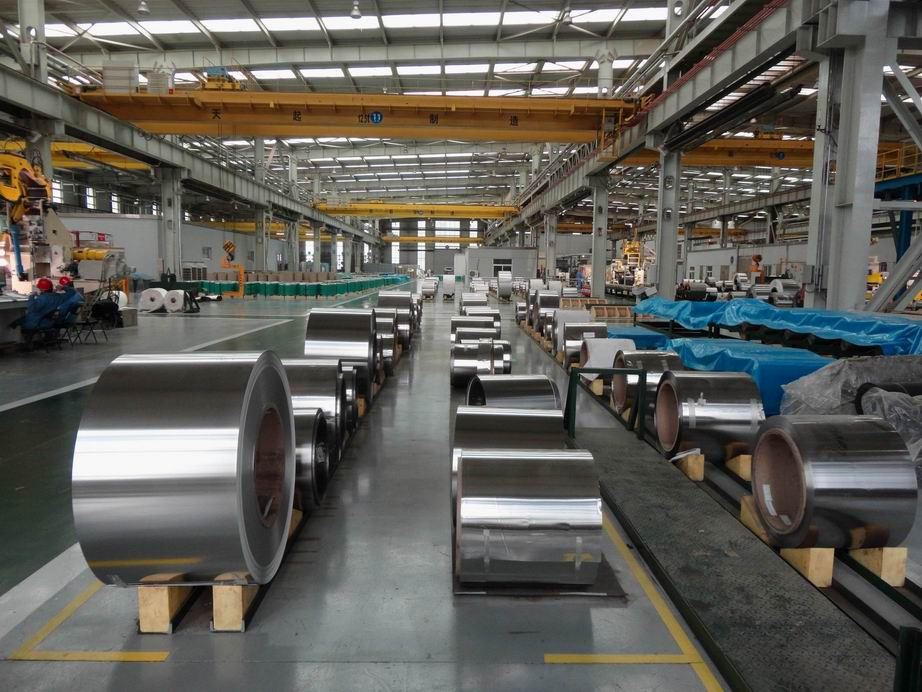
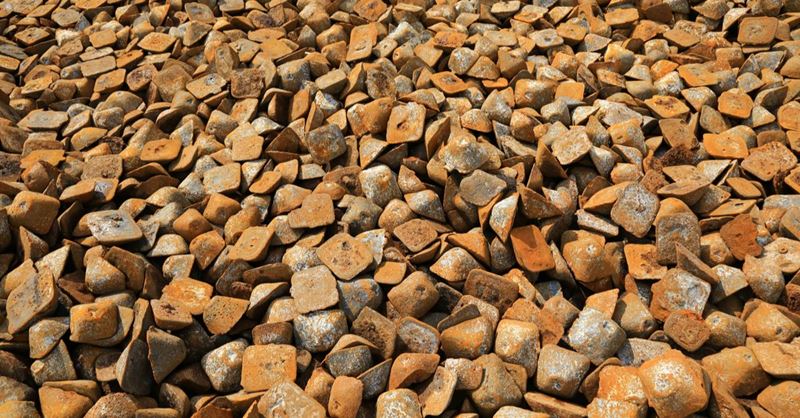

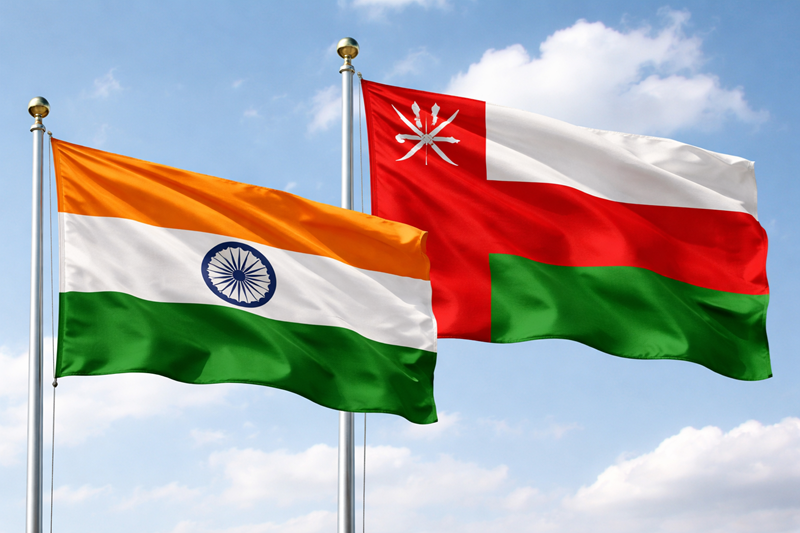
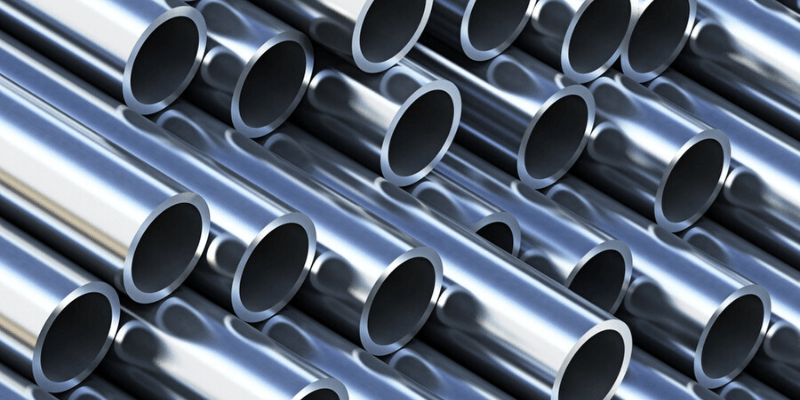
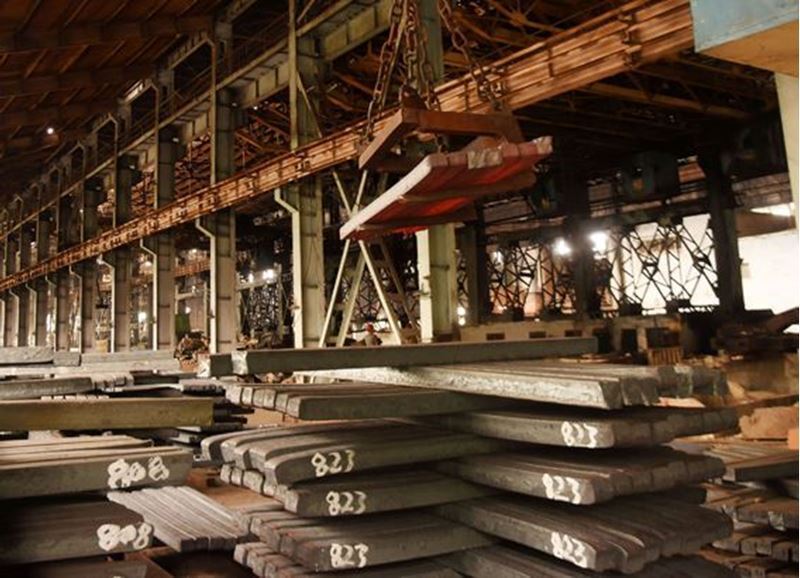

Comments
No comment yet.